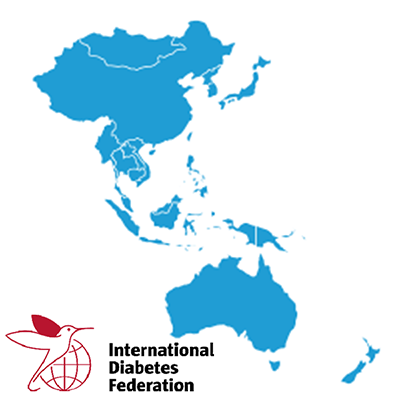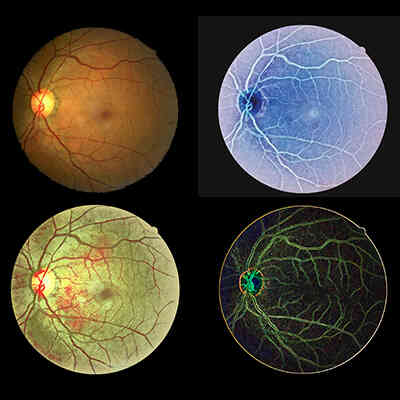Type 1 diabetes care in the Western Pacific Region
Funded by the International Diabetes Federation a survey of the healthcare system for people with Type 1 diabetes is being conducted in up to 22 Western Pacific Region countries. Results will guide optimisation of the healthcare system for people with Type 1 diabetes.

ENACTT1D
Adults with Type 1 diabetes are at high risk of cardiovascular disease, which can be significantly reduced by a daily cholesterol lowering ‘statin’ tablet. Yet in Australia many adults with Type 1 diabetes who may benefit from statin therapy are not receiving such therapy. Knowledge and attitudes of both the treating clinicians and the people with Type 1 diabetes may be contributory. A network of diabetes specialists (endocrinologists) are conducting an online survey of knowledge, attitudes and experiences of both adults with Type 1 diabetes and their treating clinicians to understand contributors to undertreatment of lipid levels and their potential solutions. A pilot study is underway at 3 sites, and we are seeking funding to involve more interested sites.

Centre for Research Excellence in Diabetic Retinopathy in Indigenous Australians
Indigenous Australians with diabetes are higher risk of diabetic eye damage (retinopathy) and also (commonly associated) kidney damage and cardiovascular disease. Screening for retinopathy is important to enable identification of eye damage, risk factor control (such as smoking, high glucose, blood pressure and blood fat levels), yet screening rates are often suboptimal for Indigenous Australians, particularly in rural and remote areas. A new model of screening, with Indigenous Health Care workers or diabetes nurse undertaking eye testing, including eye (retinal) photos in general practices settings is being tested, and providing successful. The levels of retinopathy and heart disease risk factors are being identified.
